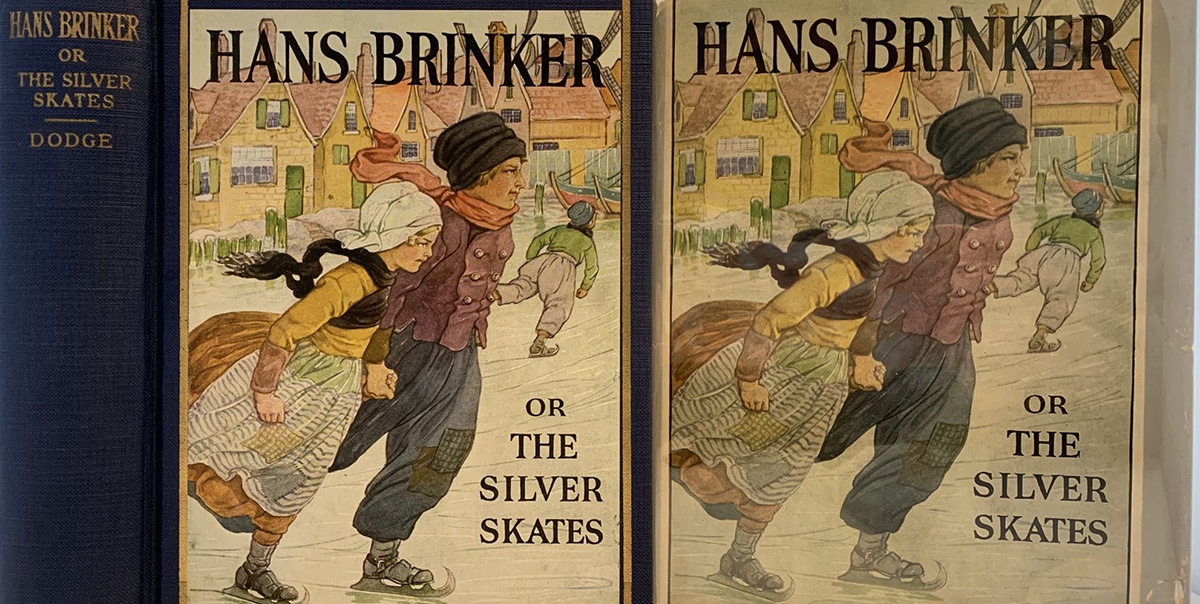
Ran the nineteenth century and in North America one of the children's books most popular was Hans Brinker or the silver skateswritten by Mary MapesDodge. A true bestseller of literature for the little ones.
At that time there were no movies, no video games, no television. There was only literature and in it many genres that aimed at different audiences. Naturally, this is still the case, but nowadays writing has tremendous competition. Yet two centuries ago this children's novel it was as famous as the adventures of Harry Potter are today.
The author of Hans Brinker
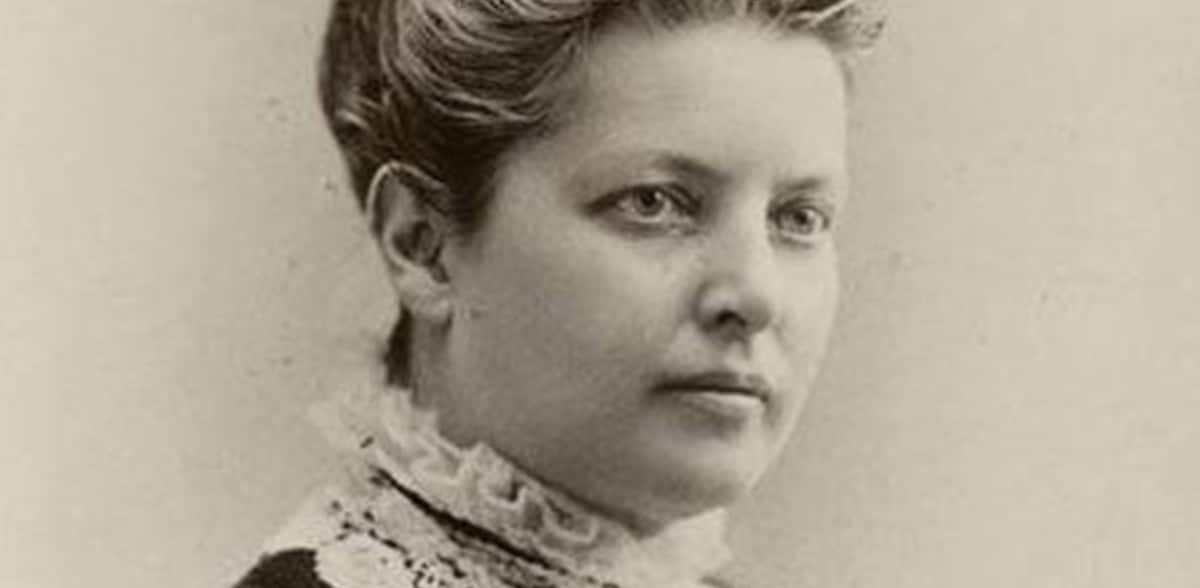
This novel was published in 1865 by the american Mary Mapes Dodge. Mary had been born in January 1831, in New York City. She was the daughter of a housewife and a teacher, inventor, and chemist, so she had a good upbringing. Very young, but in keeping with the time, she married a lawyer, William Dodge, at the age of 21, adopting his last name as was tradition.
In the next four years she had two sons and in 1858 her husband abandoned her to appear drowned some time later. A) Yes, at the age of 27 she was widowed with two children to support. Her parents helped her and the following year her literary restlessness bore fruit when write and publish two magazines and some short stories.
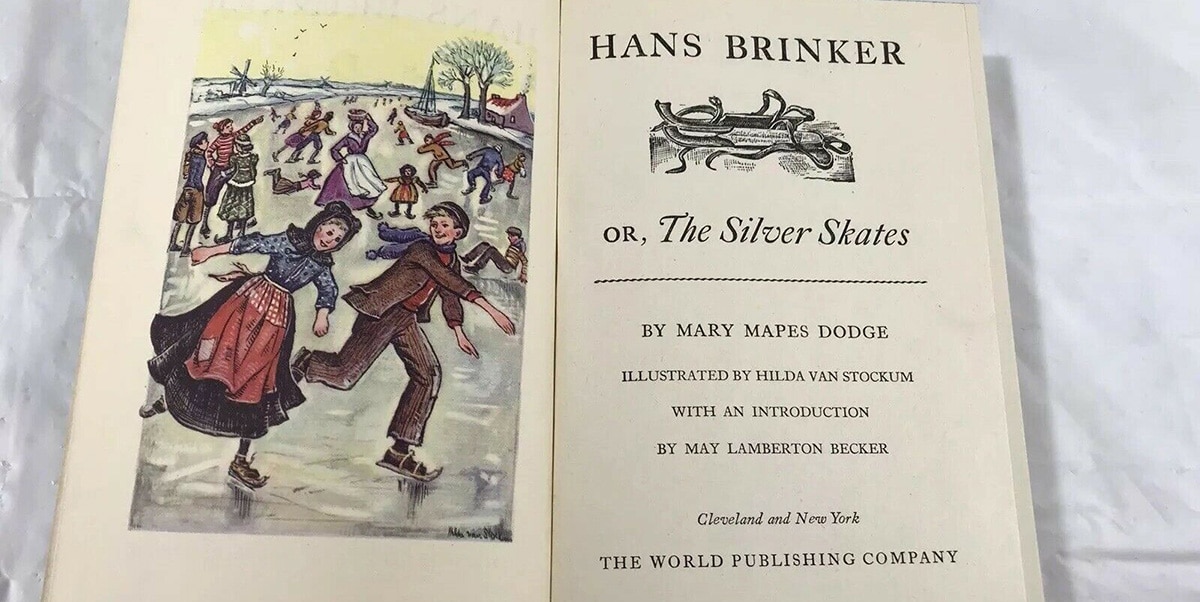
One day they asked him to write a novel and not short stories, and that's how he was born Hans brinker. It seems that he was inspired by the series of stories written by John L. Motley, The birth of the Dutch Republic, by 1856, and History of the Netherlands.
The truth is that Mary never traveled to the Netherlands, but she did find out a little more about the country and did some kind of field research by interviewing neighbors of hers who were Dutch. Although when you read the story you do not come across many Dutch names, rather German.
But Mary did her homework well, so the novel has very good information about this culture that was unknown to American eyes. That's why it really got popular really fast and it was a bestseller in its first year of publication, something that it had only accomplished before Our mutual friendby Charles Dickens. Since then it always goes in and out of the press and today you can even find it for read online.
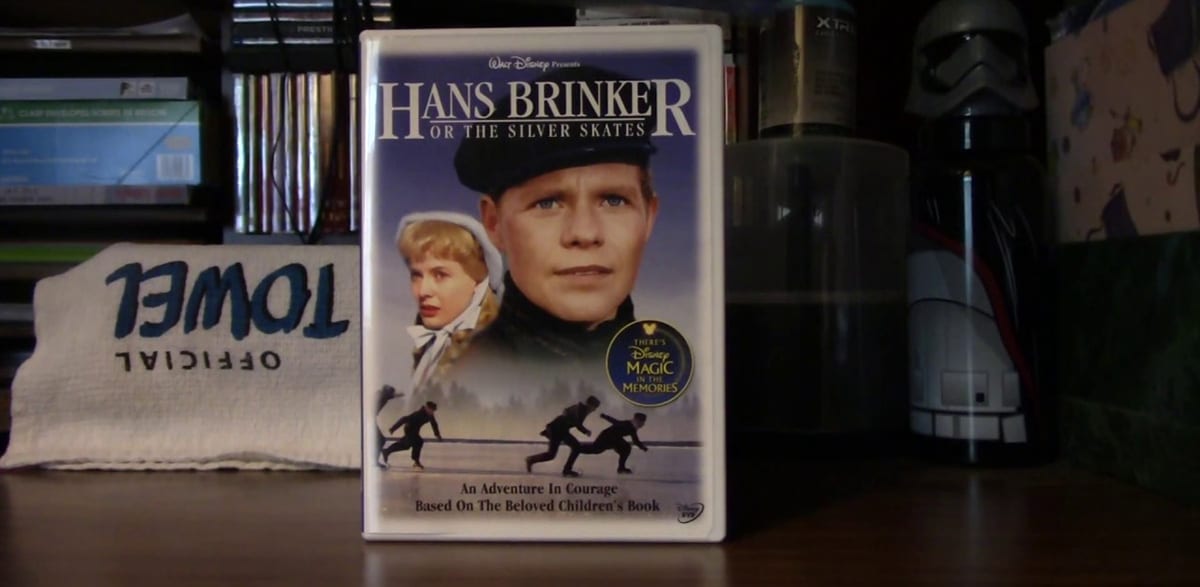
There are film adaptations? Yes, in fact there are several adaptations in different formats. Namely, in 1958 a musical live tv, in 1962 a Disney TV movie which was exhibited in two parts; in 1969 NBC made another musical, in 1998 Disney Channel made a pretty poor adaptation of the original film version, which was set in Los Angeles, and finally, in 2002 a russian film was shot, The silver skates, a free version of the story.
The Netherlands have also capitalized on the fame of history so there are some statues here and there, even though on that side of the Atlantic the story is not so well known. But still, there is even a hostel in Amsterdam called Hans Brinker.
Hans Brinker, the story
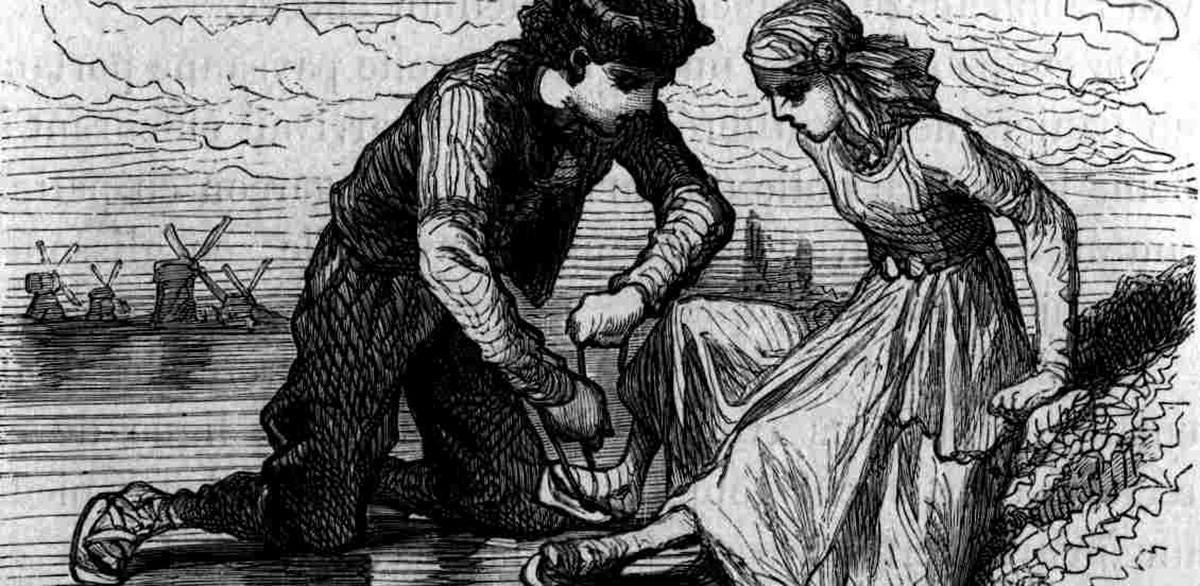
The novel tells the story of a poor but honest 15-year-old boy who lives in Amsterdam with his mother and sister. The city regularly holds a ice skating race in December and on one of the canals of the famous city. The prize is a pair of silver skates.
Of course, participating is what Hans wants the most, but being poor has very few chances with his humble wooden skates. Also, to make the story even sadder, Hans's father has lost his memory. One day, while working, he fell into a dam and since then has lived without memory and half in a trance, half with violent outbursts, forcing the rest of his family to work in order to live.
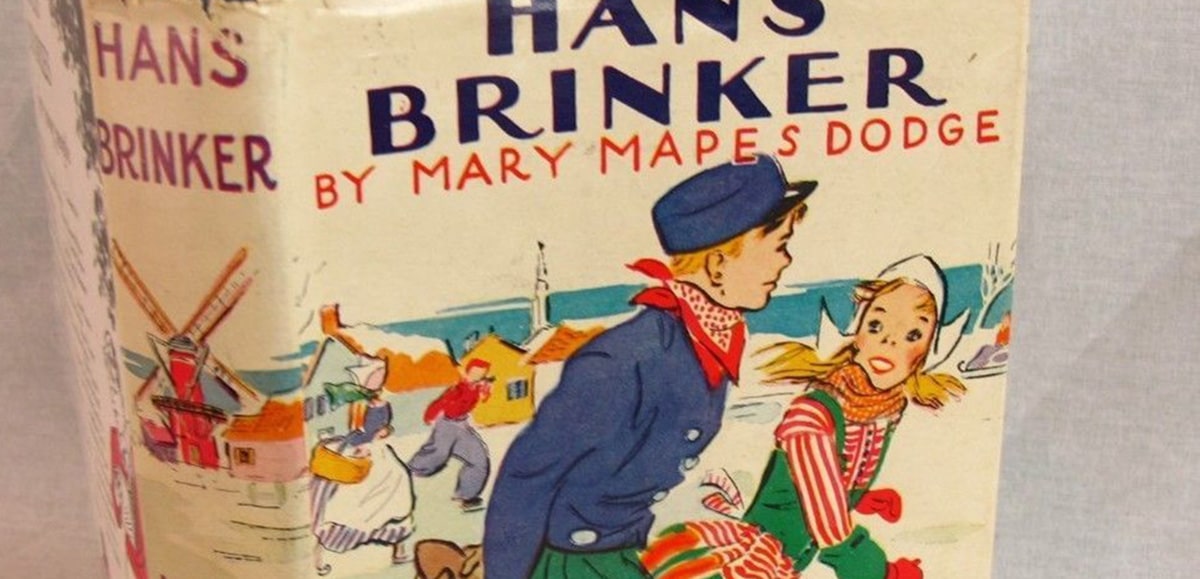
But Hans is a good boy and he loves his father, so one day he consults with a prestigious surgeon, Dr. Boekman, a retired physician and widower with a missing son. Amazed by the attitude of the 15-year-old boy, he agrees to visit his father and, after reviewing him, gives his diagnosis: has a concussion and needs surgery.
Obviously, surgery is expensive and he is absolutely out of the reach of his poor family. The surgeon decides not to charge for the operation, but still Hans sees that he needs money and that the only chance to get it is participate in the race and win the silver skates. Determined, Hans spends all his meager savings and buys two pairs of skates, one for himself and the other for his sister Gretel, who will also participate.
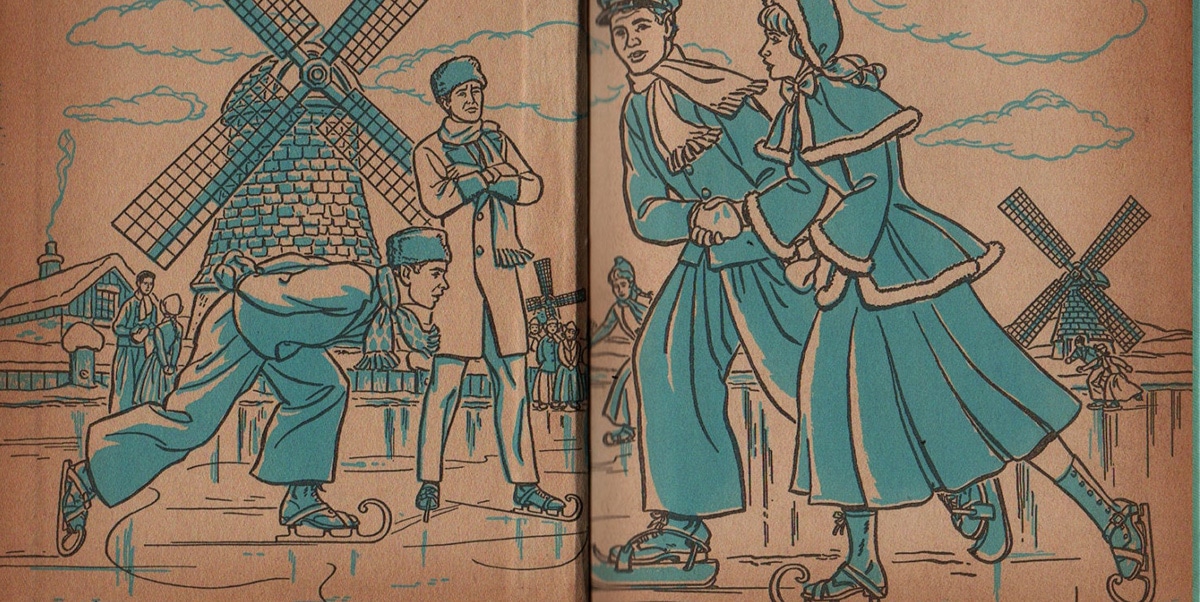
The new skates are made of steel and are better than the old ones made of wood. And the big day of the ice skating race arrives. Gretel wins in the girls category and wins her own silver skates. For his part, Hans has a chance to win but loses to a friend who needs the money more than he does. The boy is honest and good-hearted.
Finally, Dr. Boekman can perform the operation and hans dad is back to normal. With this, the family's situation improves, but it improves even more when they find a hidden treasure. Double stroke of luck and as a bonus, the doctor who did not know the whereabouts of his son manages to find him.
And what about the brave and honest boy? Eventually the doctor helps him enter a career in medicine so that Hans become a prestigious doctor. A classic happy ending, isn't it?
Hans Brinker or the silver skates, the edition
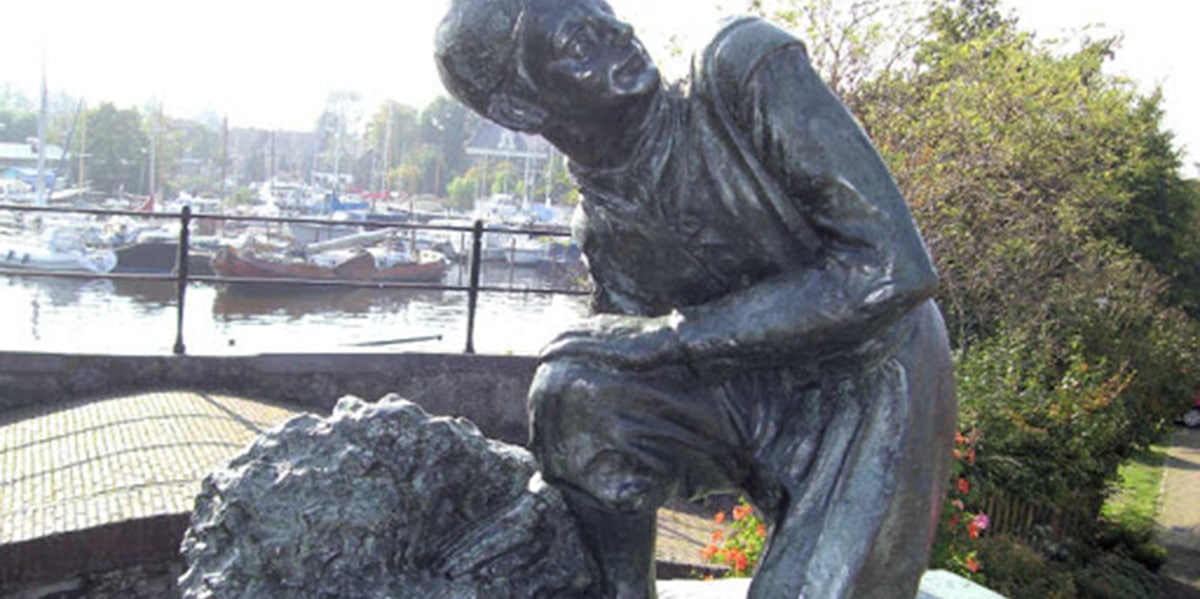
The original novel in English it was published in 1865 and was very well sold. At that time, children had no other form of entertainment than games and books, and those who could read or read to them found great moments in these stories.
Mary Mapes Dodge's novel gave American children a new world: skating, a foreign culture like the Dutch and a good story with a happy ending.
Thus, Dutch-type ice skating began to become popular in the United States and in the media that were beginning to grow hand in hand with national development. Time passed and still today Hans Brinker is like the quintessential speed skater.

Think that this novel is contemporary of Little womans, by Louise May Alcott or by Uncle Tom's Cabinby Harriet Beecher Stowe. Three women, three writers of the XNUMXth century and of youth literature.
A short time later, perhaps one of the most popular books in American youth literature, Tom Sawyer and Huckleberry Finn, would arrive to change the course of the North American genre and literary field forever. But first, it is worth remembering that three women wrote true literary classics.
Are you wondering if this book has a Spanish translation? Of course! There are editions in Spanish, French and Italian and as I said, just googling and you come across the online version to know the story, read it and appreciate it today, more than a century later.